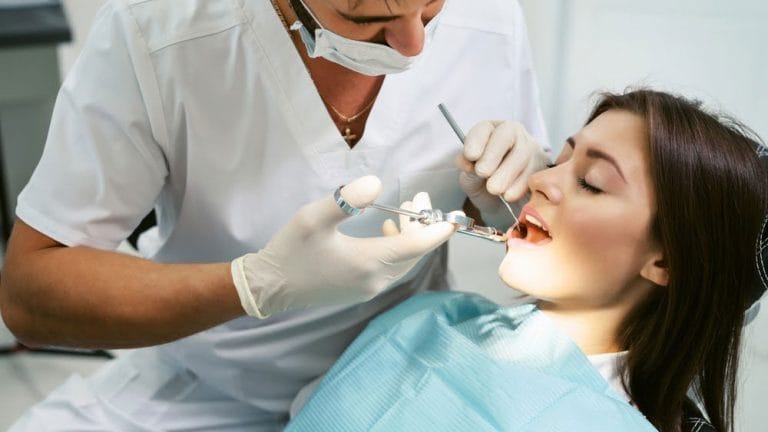When you think of Botox, you might envision cosmetic procedures aimed at reducing wrinkles and fine lines. However, Botox, or Botulinum Toxin, has found its place in various medical fields, including dentistry. Dentists are increasingly using Botox to provide relief and enhance the oral health and overall well-being of their patients. In this blog post, we’ll explore the surprising and valuable uses of Botox in dentistry.
Botox Can Help with Temporomandibular Joint Disorder (TMJ)
Temporomandibular Joint Disorder, commonly known as TMJ, can cause severe jaw pain, headaches, and facial discomfort. Botox can be administered to alleviate TMJ symptoms by relaxing the jaw muscles. By injecting Botox into specific jaw muscles, dentists can reduce muscle tension and relieve pain associated with TMJ.
Botox Can Help with Bruxism (Teeth Grinding)
Bruxism, or teeth grinding, can lead to worn-down teeth, jaw pain, and headaches. Botox injections can effectively manage bruxism by relaxing the overactive jaw muscles responsible for grinding. This not only alleviates discomfort but also protects your teeth from further damage.
Botox Can Help with a Gummy Smile
A gummy smile occurs when excessive gum tissue is visible when you smile. Botox can be used to relax the muscles that control your upper lip, causing it to cover more of your gums when you smile. This simple procedure can enhance your smile’s aesthetics without the need for surgery.
Botox Can Help with Dental Implants and Denture Procedures
Botox can be employed during dental implant and denture procedures to improve patient comfort and reduce post-operative pain. By injecting Botox into specific facial muscles, dentists can minimize muscle contractions and soreness following these dental surgeries.
Botox Can Help with Orthodontic Treatment
In orthodontics, Botox can assist in achieving more accurate and effective results. Dentists may use Botox to relax specific facial muscles, allowing for improved orthodontic adjustments. This can aid in aligning teeth and achieving the desired treatment outcomes.
Botox Can Help Treat Facial Pain and Migraines
Chronic facial pain conditions, such as trigeminal neuralgia, can be challenging to manage. Botox injections can provide relief by targeting the nerves responsible for the pain. Additionally, Botox has been found to be effective in reducing the frequency and intensity of migraines, which can be related to dental and jaw issues.
Botox Can Help to Enhance Cosmetic Dental Procedures
Botox can complement cosmetic dental procedures by addressing not only the teeth but also the overall facial appearance. By combining Botox treatments with teeth whitening, veneers, or smile makeovers, dentists can achieve a more harmonious and aesthetically pleasing result.
The use of Botox has expanded beyond common medspa uses into the world of dentistry. Dentists are now harnessing the therapeutic benefits of Botox to alleviate oral and facial pain, enhance aesthetics, and improve the overall dental experience for their patients. As dentistry continues to evolve, Botox proves to be a valuable tool that contributes to the comfort, well-being, and satisfaction of dental patients. If you’re experiencing any of the mentioned dental issues or seeking ways to enhance your smile, consider discussing the potential benefits of Botox with your dentist during your next visit.



